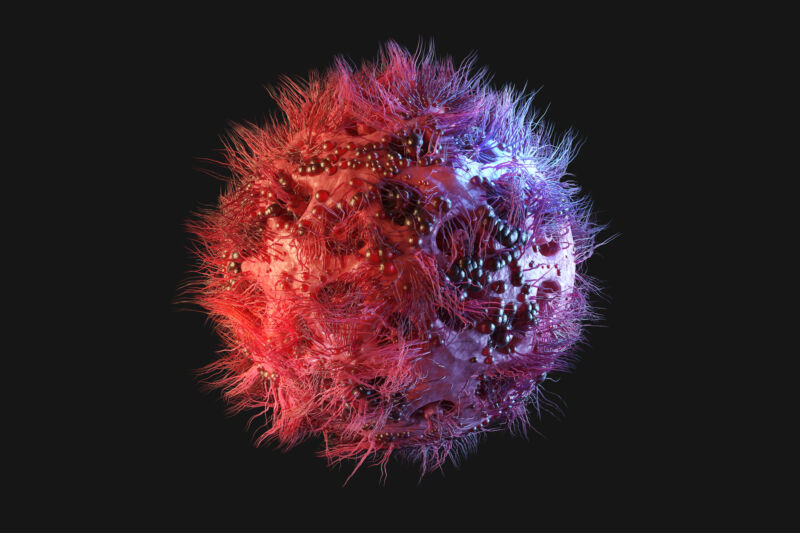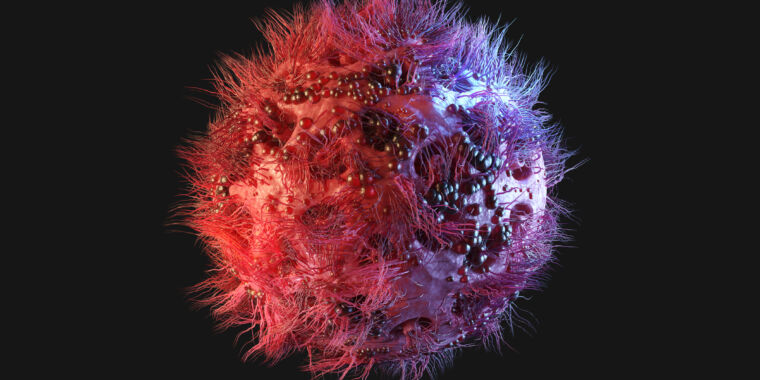
In July, an HIV-positive man became the first volunteer in a clinical trial aimed at using Crispr gene editing to cut the AIDS-causing virus from his cells. For an hour, he was hooked up to an IV bag that pumped the experimental treatment directly into his bloodstream. The one-time infusion is designed to bring the gene-editing tools to the man’s infected cells to clear the virus.
Later this month, the volunteer will stop taking the antiretroviral drugs he has been taking to keep the virus at an undetectable level. After that, researchers will wait 12 weeks to see if the virus returns. If not, they consider the experiment a success. “What we’re trying to do is return the cell to a near-normal state,” said Daniel Dornbusch, CEO of Excision BioTherapeutics, the San Francisco-based biotech company conducting the trial.

The HIV virus attacks immune cells in the body called CD4 cells and hijacks their machines to make copies of themselves. But some HIV-infected cells can go dormant — sometimes for years — and not actively produce new virus copies. These so-called reservoirs form an important barrier to curing HIV.
“HIV is a tough enemy to fight because it can insert itself into our own DNA, as well as being able to silence and reactivate at various points in a person’s life,” said Jonathan Li, a physician at Brigham and Women’s Hospital and HIV researcher at Harvard University not involved in the Crispr study. Figuring out how to target these reservoirs has proven challenging — and do it without damaging vital CD4 cells, Li says.
While antiretroviral drugs can stop viral replication and clear the virus from the blood, they can’t reach these reservoirs, so people have to take drugs every day for the rest of their lives. But Excision BioTherapeutics hopes Crispr will remove HIV for good.
Crispr is used in several other studies to treat a handful of conditions that result from genetic mutations. In those cases, scientists use Crispr to edit people’s own cells. But for the HIV trial, Excision researchers are using the gene-editing tool against the virus. The Crispr infusion contains gene-editing molecules that target two regions of the HIV genome that are important for viral replication. The virus can only reproduce if it is completely intact, so Crispr disrupts that process by cutting away pieces of the genome.
In 2019, researchers from Temple University and the University of Nebraska found that using Crispr to remove those regions eliminated HIV from the genomes of rats and mice. A year later, the Temple group also showed that the approach safely removed viral DNA from macaques carrying SIV, the monkey version of HIV.

